Growing old in New York City isn’t what it used to be and for a rising number of seniors, it’s becoming a financial tightrope walk. A new study reveals a startling surge in poverty among older adults across the five boroughs, painting a sobering picture of what it means to age without a safety net. With tens of thousands working into their 70s just to stay afloat, the data exposes a crisis hiding in plain sight, especially in places like Brooklyn and the Bronx.
Study Shows Some Alarming Numbers
The number of adults ages 65 and older living in poverty has gone up over the past decade, according to a study by the Center for an Urban Future. The Emerging Financial Security Crisis Facing NYC’s Older Adults study shows the number of adults ages 65 and older living in poverty rose to 250,091 in 2023, an increase by 40.9% over the past decade.
For the five boroughs, 18.4% of older adults live in poverty. However, those numbers are even higher in the Bronx (24.9%) and in Brooklyn, which is at 20.8% of older adults living below the poverty line.
No Source of Retirement Income For Older New Yorkers
While the number of older adults living in poverty is alarming, many of this same group of people have no stable source of retirement income. For those adults in New York City over the age of 70, 59.3% of them did not report any retirement income.
When looking at the five boroughs, the Bronx has the highest share of older adults who did not report any retirement income with 63.6%. Brooklyn wasn’t far behind at 63.5%, then it was Queens (59%), Manhattan (53.2%), and Staten Island (52.3%).
What’s the reason for these high numbers? Jonathan Bowles, Executive Director of the Center for an Urban Future, said, “More older New Yorkers are working into their 70s, not because they want to – but because they have no choice.”
To add to it, Bowles said, “It’s alarming how many older New Yorkers are financially insecure and have no savings and no income coming in. Our city must act now to shore up the safety net and invest in the infrastructure that supports aging with dignity.”
A Closer Look Into Brooklyn’s Numbers
When taking a closer look at the numbers in Brooklyn, we see that the number of Asian older adults living in poverty grew 74.4% and 28.8% for Hispanic older adults. On the flip side of things, white older adults saw a decline of 5.8%.
While the study took a deep dive into all five of the boroughs, here are some highlights of what the analysts discovered in Brooklyn:
- During the past 10 years, Brooklyn saw an increase of 33.6% in its older adult population. The numbers went from 296,561 in 2013 to 396,084 in 2023.
- Because of that, older adults are now 15% of the borough’s population, which is up from 11.7% in 2013.
- One good stat is overall, there are 20.8% of older adults living in poverty in Brooklyn, which is down from 22.1% in 2013. Brooklyn happens to be one of the only counties to see a decline.
- When looking at race, poverty rates are highest among Hispanic older adults (27.5%). This is followed by Asian older adults (26.9%), white older adults (19.1%) and Black older adults (18.2%).
- The poverty rate for immigrant older adults is 24.1%, but U.S.-born adults face a poverty rate of 16.6%.
- The number of working adults went up 98.9%, increasing from 34,277 in 2013 to 68,171 in 2023. There are 17.2% of older adults employed, which is up from 11.6% in 2013.
- By race, Asian older adults saw the biggest increase in employment, growing by 158.6%. They also saw an increase of 166.4% in self-employment.
- For working adults, 16.7% are self-employed.
- Foe adults over 70, 63.5% did not report any retirement income in Brooklyn. This happens to be the second-largest share of any county or city analyzed. In total, 20.4% of older adults did not report social security income and 14.6% reported supplemental security income, which is higher than any other county or city analyzed.
The numbers don’t lie — New York City is facing a growing crisis when it comes to supporting its aging population. With poverty on the rise and retirement income out of reach for many, especially in communities like Brooklyn and the Bronx, the city must confront the harsh realities facing its older residents.

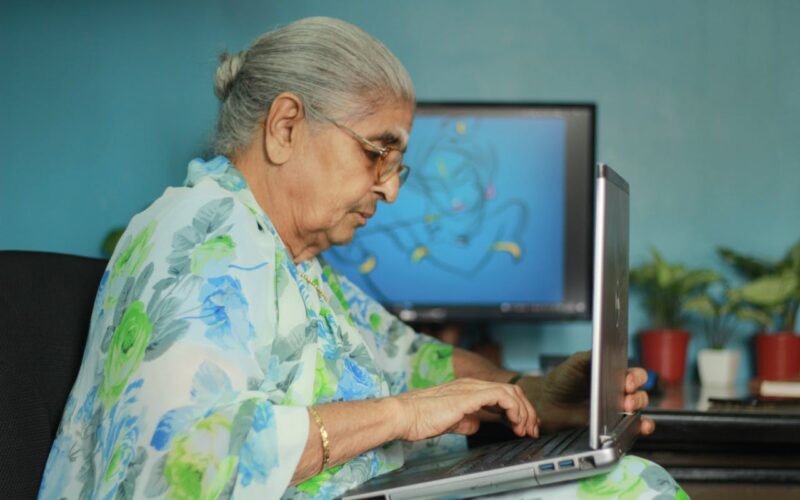


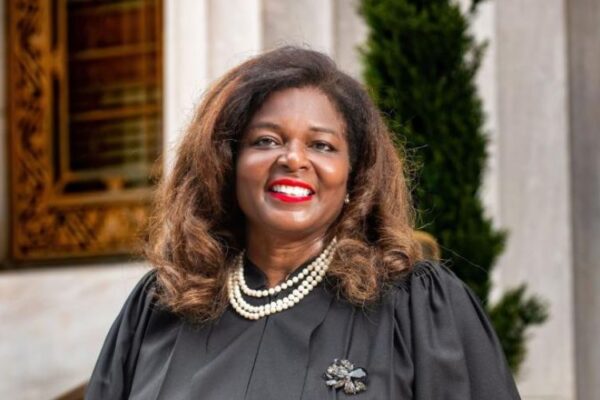
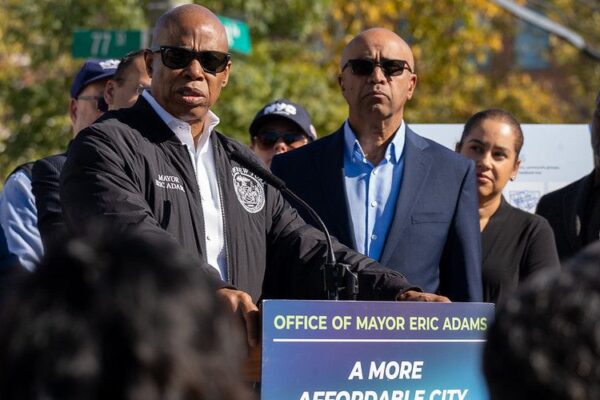

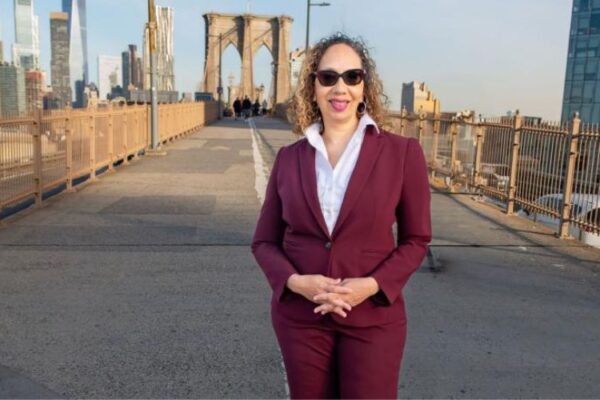
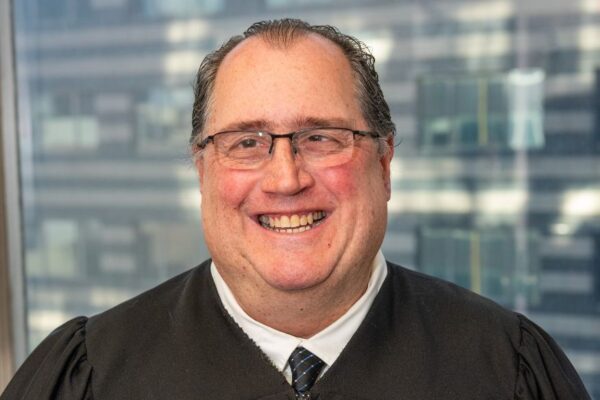


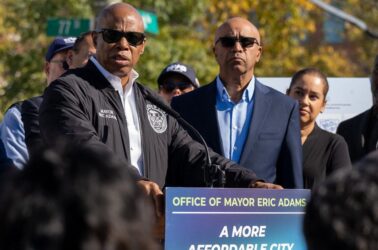

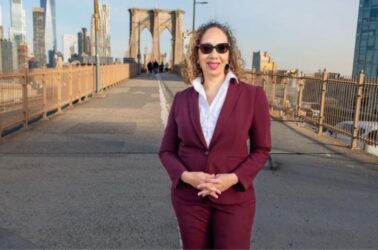




Leave a Reply
You must be logged in to post a comment.